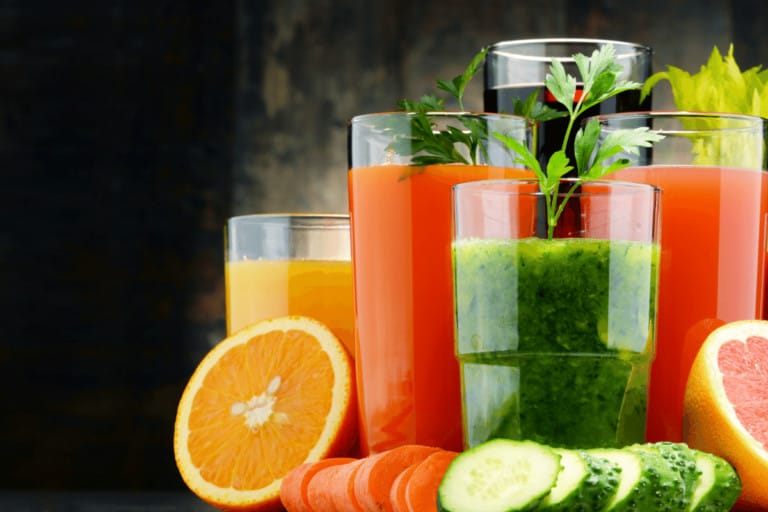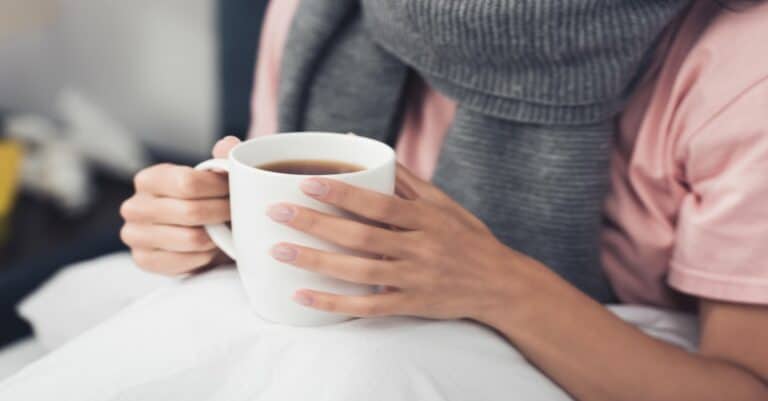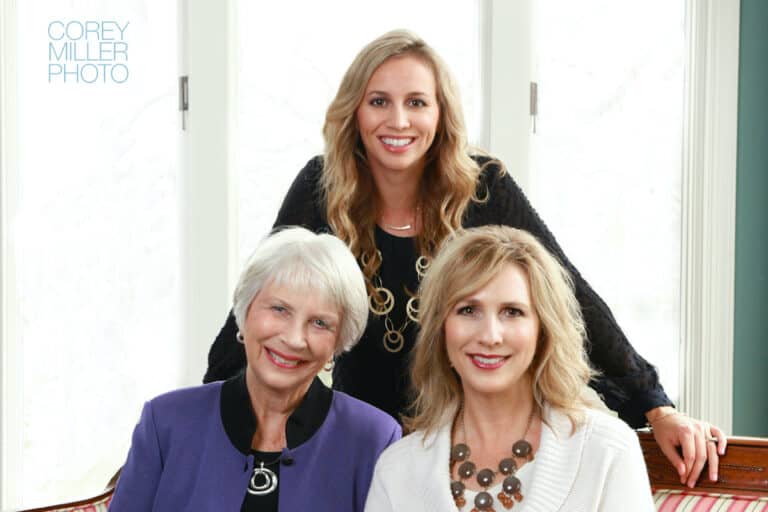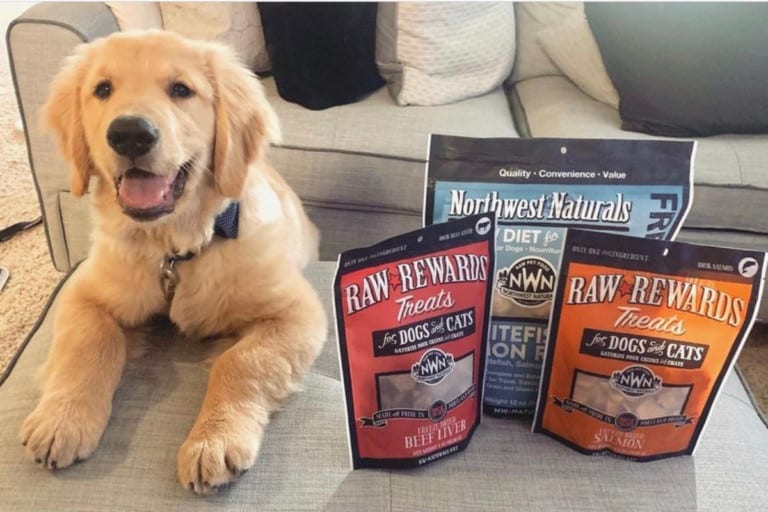COVID-19 Face Masks: Inspiring Hope by Giving Back
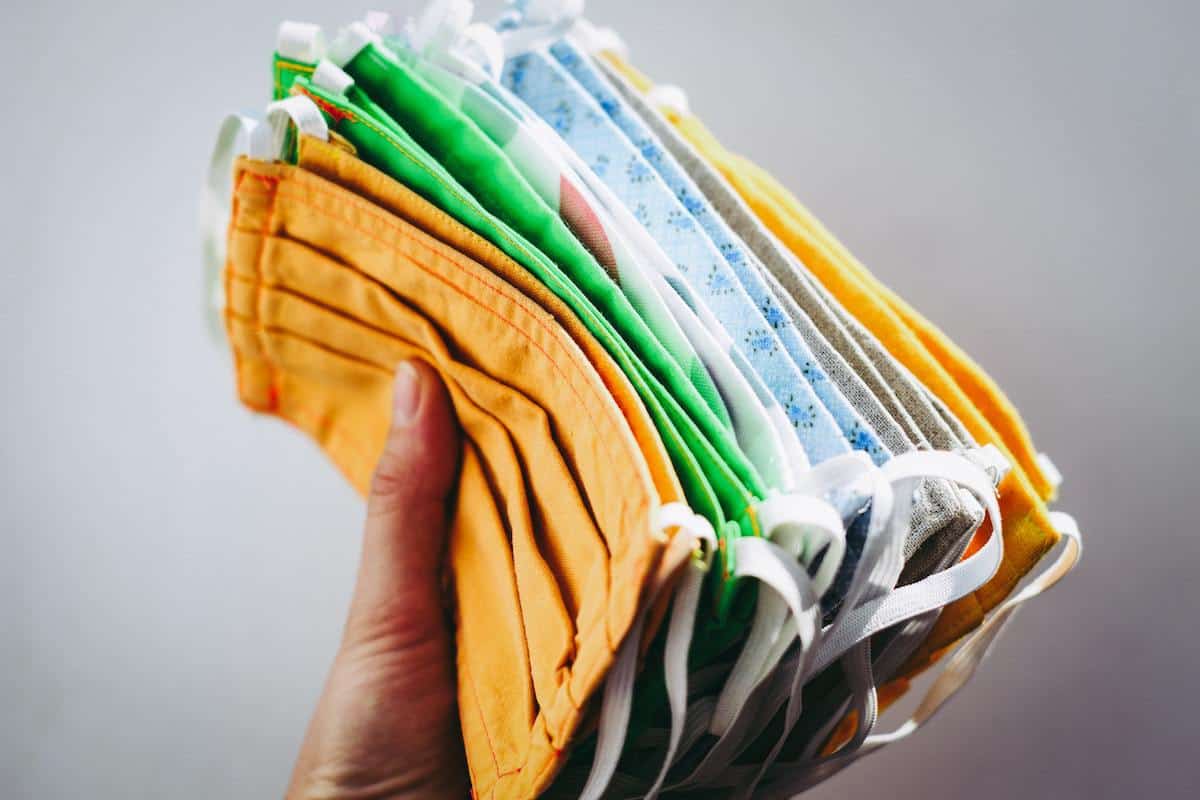
The coronavirus has brought a whirlwind of change to our lives. In addition to shelter orders, homeschooling, and more zoom meetings than we ever thought we’d experience, our newest coronavirus accessory, COVID-19 face masks, is one we can’t leave home without.
Even the Surgeon General has made an online video of how to create a simple mask from a t-shirt and two rubber bands to cover your face.
COVID-19 Face Masks
Masks have been a big element in the news on the virus this past month. Lack of available protective gear for many healthcare workers can trigger symptoms of anxiety when news outlets began reporting the need for everyone to wear them when out in public to reduce transmission risk of the coronavirus.
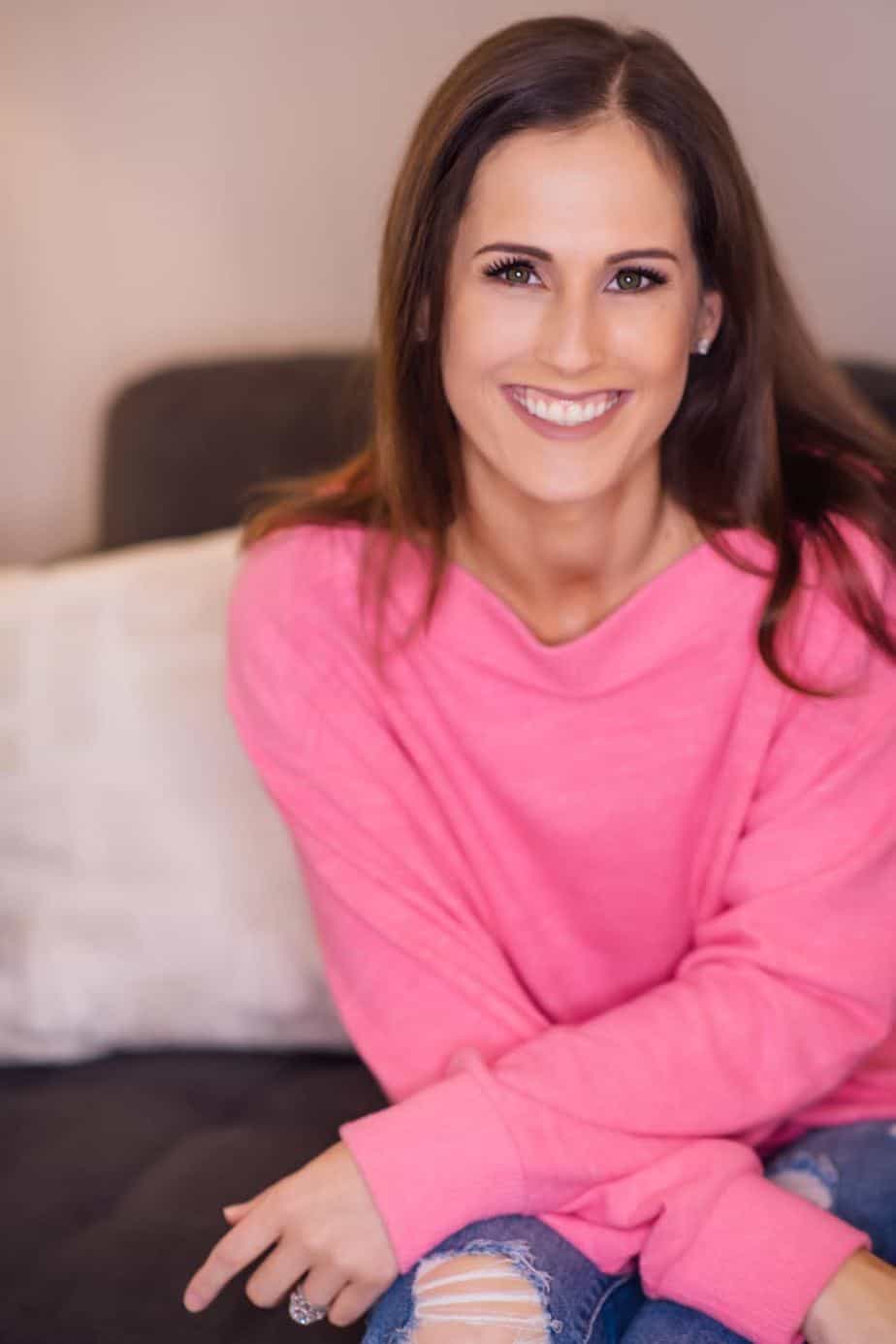
A problem-solver by nature, Rachel Facio of Aspire Therapeutic Services in Los Angeles, California, saw this need and shortage as a way to give back during this time of global crisis. In addition to being a Marriage and Family Therapist, this wife and mother of two is showing her kids how to lean into tough times and give back. I had the privilege of interviewing her on her process around this project.
How the Face Mask Project Started
As someone who is in a helping profession, what inspired you to take on this project of making masks?
I was feeling really helpless and stuck when I started seeing the enormous impact the pandemic was taking on every facet of our lives, but wanting to do something about it that was impactful but feasible. I also felt I needed to really connect with what was going on, versus just watching it on the news all day.
You seemed to be making masks before many health experts encouraged using them to lower the risk of spreading symptoms. How did you know to make COVID-19 face masks so quickly?
I feel very indebted to the medical community because of my daughter who is considered immuno-compromised and at high risk if she were to contract COVID-19. So when they started talking about the barriers related to overburdened medical and hospital systems in China and then Italy, it just made sense to begin thinking about how to support people who have already given my family so much support and knowledge pre-pandemic.
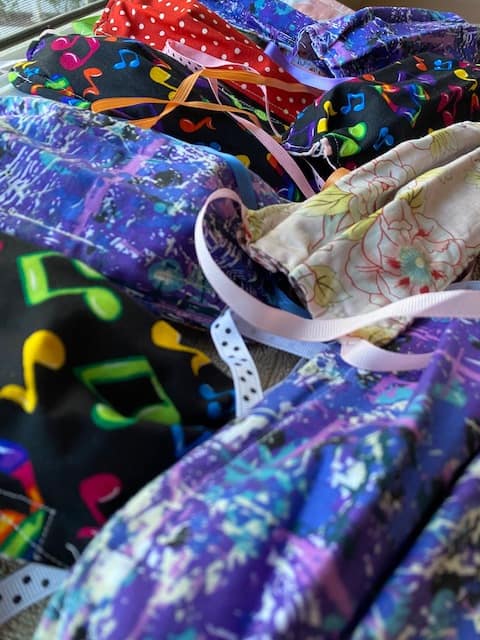
Making the Masks
Who was involved in helping you make these face masks? How did you know the best way to make them reduce symptom transmission?
Here’s the hilarious part, I can’t sew on a machine to save my life. I can only sew by hand. But I knew making masks was a feasible, ground roots way of making an impact so I started bugging people on Facebook, reaching out to hospitals, and then got a few family members involved (my mother-in-law and sister-in-law) to sew. I’m in charge of everything in-between (cutting, pinning, ironing, washing, transporting, fabric pick up/drop off – you know the glamorous stuff!).
In terms of which style, we watched A LOT of YouTube videos! We picked a pattern that we could duplicate easily that was also big enough to fit over N95 masks. Our cloth masks are not meant to replace N95s; they’re to wear in conjunction with one). Obviously, when a nurse or doctor has no PPE (personal protective equipment), a cloth mask is better than nothing. We chose this style because of its versatility.
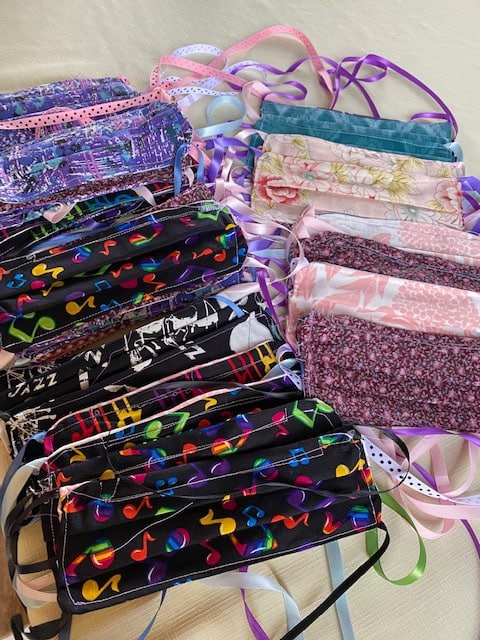
Do you sell the face masks or give them away?
We donate them to local hospitals, nursing homes, emergency units, health clinics, etc.
As a mental health professional, how do you see masks having an impact on an individual’s feeling of safety during this time?
Ahh, that’s tricky. I think masks may be triggering to some because it may trigger feelings of fear, uncertainty, anxiety. Seeing someone with a mask many communicate (unintentionally) to fear what one can not see. At the same time, I am also trying to challenge my clients (and myself) to not operate only from fear. I encourage them to see mask-wearing as taking a step towards responsibility in keeping oneself safe and taking action so that we can connect more with our community and loved ones when it’s safer to do so.
Face Masks and Anxiety
What would you say to someone who worries that wearing a mask in front of their child promotes fear?
To each their own in the parenting department, especially when it comes to quarantine parenting! That being said, Iempower parents to remember that we, as parents and caregivers, are one of the largest sources of safety and security for our children. So the more we initiate (appropriate) conversation around masks, why they are being worn, and their benefits, we help deconstruct the fear or uncertainty a child may be experiencing. I give my kiddos a heads up about when we may need to wear a mask, I let them know when they can take a break from wearing them. I also involve them in the process (they can pick an appropriate place to store them, tell me when the timer is off to get them out of the washer/dryer) so they feel a part of creating some of that safety as well.
Are you still making masks? How are you able to get enough supplies for what you need?
We are still making masks! I work on them every other day when my youngest is napping and I’m not seeing clients. We rely solely on our own personal funds or donations of fabric, ribbon thread, elastic, etc. We work with Homemade Face Masks LA via Facebook who connects us with area coordinators and supplies when we are running low. The group is 100% volunteers. It feels pretty great to connect to other people during a time with so much fear and disconnection.
COVID-19 Face Masks Inspiring Hope
Rachel’s story is one of many out there that inspire hope and encourage action over fear in these uncertain times. Fearing the unknown only manifests itself into more fear. The example of stories like this show the power we can harness when we tap into our inner abilities and willingness to give back. As Rachel’s story so perfectly demonstrates, your skills don’t have to be perfect, but they need to be available. Only then, can change begin to happen.

